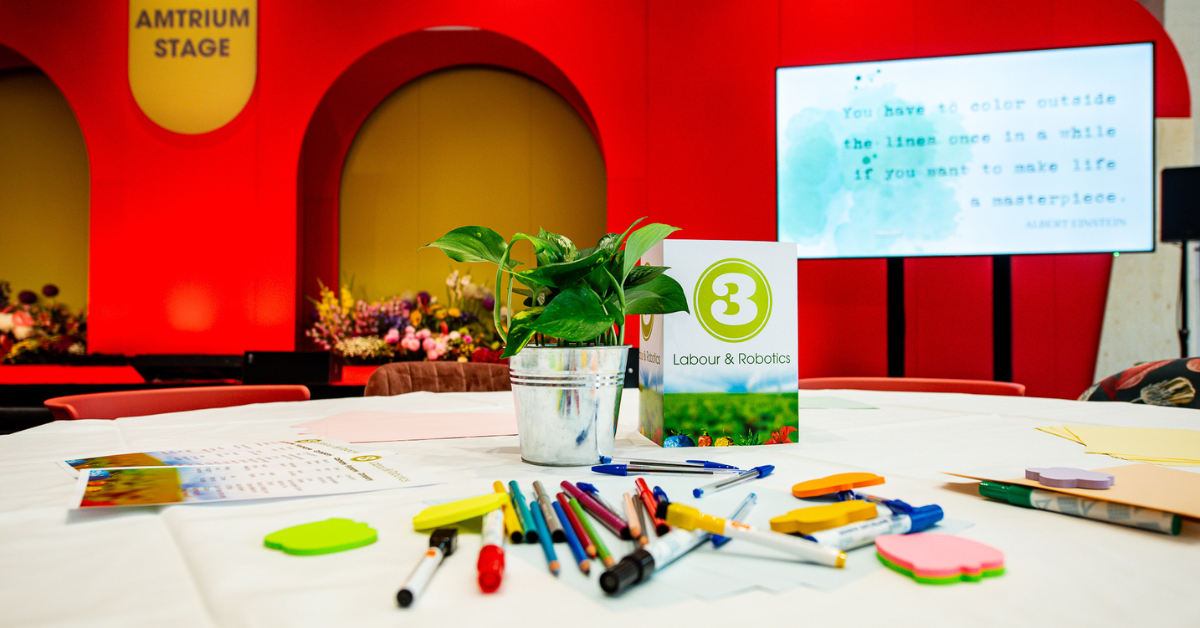Challenges and opportunities in hydroponics
Sponsored: The continuous growth of the world’s population means there is a continuously growing need for food. Hydroponics, the practice of growing lettuce on water, seems to be a partial solution to this issue. What developments are taking place in the field of hydroponics? What kinds of challenges await us? During the Greentech fair, our experts shared their opinions on cultivation (systems) and crops.
Cultivating lettuce on water has several challenges associated with it; conditions such as heat, cooling, CO2 emissions, and energy consumption, have to be exactly right. Hydroponics can be a potential solution to global food shortage, but it should also be grown in a sustainable and healthy way. Finland is the industry leader, the Netherlands and Belgium are not far behind.
Healthy and sustainable products
We have to understand the entire system and the production process behind hydroponics to arrive at the perfect seed. However, it’s not just about finding the right seed under the right conditions, but also about fulfilling consumers’ needs. Think of a sustainable and local production process and good nutritional value. Cooperation in the value chain is therefore indispensable when it comes to sustainability.
When we’ve figured that out, the use of robots and automation should also contribute to the sustainability of hydroponics
We are currently testing various lighting levels, robots, and automation processes. How can we find light sources that’ll burn at the right intensity for hours at a time? And how can we ensure that this takes as little energy as possible? When we’ve figured that out, the use of robots and automation should also contribute to the sustainability of hydroponics. These developments are in full swing: the techniques have been developed, we just need to apply them in the right ways.
Monitoring environmental influences
Additionally, it’s important to find suitable areas and control on-site environmental influences. We already know that hydroponics in Europe and hydroponics in North America are two very different stories. To bridge climate differences, hydroponic cultivation usually takes place in greenhouses – meaning environmental influences can be kept outside. Even though we cannot monitor everything, we are striving to have the smoothest and strictest organization possible, to ensure product safety.
Surveying the area
Apart from technical developments and environmental influences, the surveying of areas is also in full swing. Areas differ from each other and so do people, which is why it’s important to look at local needs. This means decentralization, local production, shorter lines, and less transportation. And we’ll have to find specialized people who can work our techniques. By working together and sharing different companies’ knowledge, we’ve already come a long way.
In short, the future looks bright for hydroponics. There’s an abundance of ideas, techniques, and solutions we can combine. Through global cooperation, we’ll ensure that hydroponics will become the future!
Share your horticulture technology stories with us
Do you have an innovation, research results or an other interesting topic you would like to share with the international horticulture technology industry? The GreenTech website and social media channels are a great platform to showcase your stories!
Please contact our Brand Marketing Manager Murkje Koopmans.
Are you an GreenTech exhibitor?
Make sure you add your latest press releases to your Company Profile in the Exhibitor Portal for free exposure.


.png?h=628&iar=0&w=1200)





